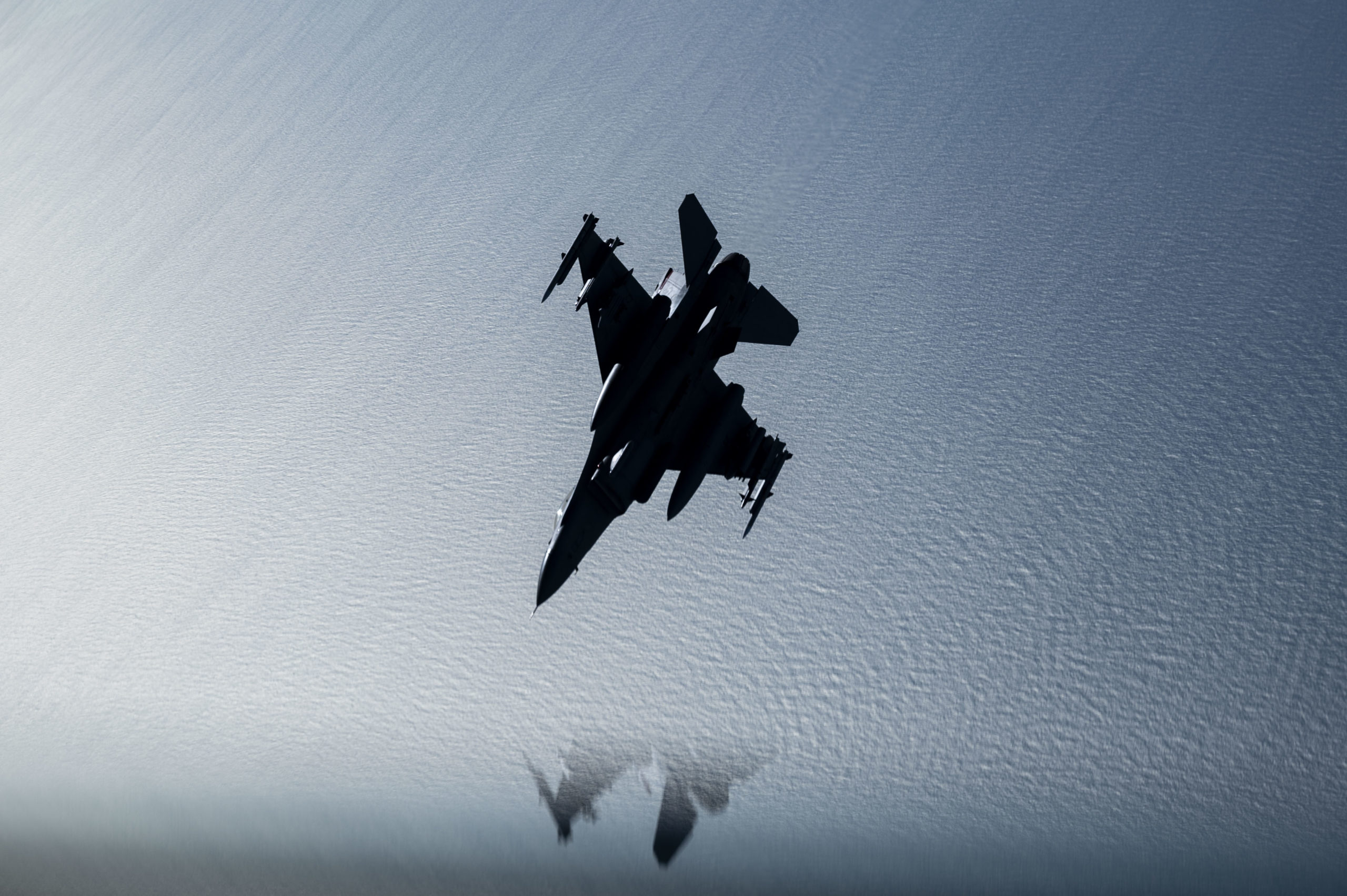Leveraging the Force We Have with Modified Concepts of Operations
Recently I talked with my colleague Brian Morra, who served in the USAF and worked in defense industry for several decades. We discussed the challenge of how to enhance “the fight to night one force” in the short to mid-term.
He started by citing an example which highlights how the force can leverage its C2 and ISR advantages mentioned earlier by Secretary Wynne to shape new con-ops. The case is of the USAF working with the U.S. Navy in ship defense – both combat and commercial – against the Houthis in the Middle East.
As he noted, the Houthis have been using a wide range of strike capabilities against shipping. The dilemma of using high-cost weapons to defend against much cheaper projectiles has been a key problem.
The USAF came up with a con-ops innovation to deal with the problem. F-16s operating in the Middle East have been using their LITENING targeting pods to identify targets and to kill or degrade those targets using laser guided weapons hitherto used in air to ground operations. The aircraft can carry weapons for higher value targets but have used a much lower priced weapon to kill many of the Houthi’s projectiles.
This kind of thinking – leveraging core advantages but empowering the force with a much larger weapons arsenal of lower cost weapons – is clearly one example of the way ahead.
But this example illustrates a key element of shaping a more effective way ahead – let the warfighters doing the tasks shape operational changes that can drive acquisition decisions.
This is an illustration of Wynne’s bulk up policy prescription.
What Morra went on to emphasize was that we need “to prioritize a philosophy of doing something smart with capability we already have. We have C2 and ISR advantages and significant asymmetrical capabilities. How can we leverage these capabilities to provide the warfighter with a significantly enhanced and cost-effective arsenal of weapons of various sorts?”
To be able to do so, the Defense Department has to unleash a multi-faceted and substantial weapons production base, not limited to a small number of providers building only exquisite and high-priced weapons.
As Morra put it: “How do we leverage the kind of central nervous system capacity that we’ve developed and invested in, and we’ve thought about largely in terms of exquisite weapon systems, and how do we can achieve our objectives with a mix of weapons, and we can turn dumb bombs into precision weapons with a kill web?”
A major shift in terms of the defense industrial base is needed to deliver the kind of mass which a highly capable C2/ISR enabled force can use in a diversity of security and warfighting situations. For this to happen, DoD needs to generate the demand and industry will respond.
The C2/ISR “brain” increasingly is very capable for the distributed force, so the challenge is how to leverage it with new concepts of operations and provision of greater mass of lethal and non-lethal weapons.
A good example of only a limited use of what we and are allies already have in their arsenal is the F-35 fleet. The deployed force could direct a much wider range of strike if the weapons were available to the combat force.
And Morra underscored that the new radar developed by Northrop Grumman for the F-35 will bring significantly enhanced capabilities to what I have referred to as the “flying combat system.”
Morra underscored: “The new Northrop Grumman radar to be fielded on the F 35 will completely transform the F-35. The radars that Northrop has deployed on the F 35 in the past have been extremely capable, the most capable in the world.
“But this next block upgrade is a step function greater in capability, and it really becomes, in a more profound way, what you’ve talked about for years, a flying combat system.
“It really becomes a C2/ISR platform that is has no real peer, and that’s coming within the five-year timeframe we are discussing. How do you think about that new radar capability in the same way that those smart people thought about the LITENING pod married up with relatively cheap rockets?
“What’s the analog there? It may be the command and control of lots of cheap loitering munitions or lots of relatively inexpensive UAVs, not just the expensive cooperative combat aircraft. I’m talking about smaller, less expensive things that could be commanded and controlled from these new F 35s which are going to have just an unbelievable capability,”
By moving past legacy concepts of maritime task forces and air combat formations to re-thinking the manned force as the infrastructure for projection of distributed combat capability enhanced by a true weapons enterprise conjoined with the payload revolution enabled by autonomous systems, we can leverage the force we have and make more capable in the near term and provide a more effective means for force development going forward.

